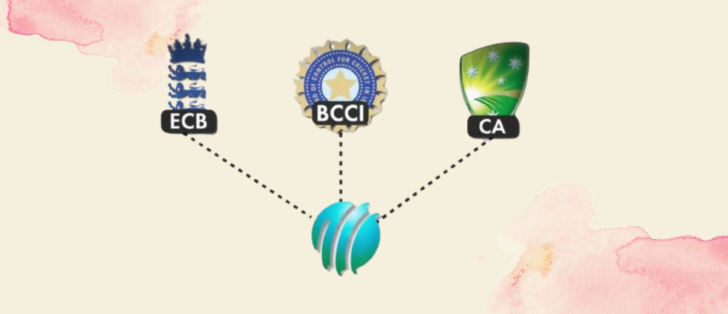The Politics of Cricket World Cup
After 2011, It's time for India to host the Cricket World Cup again and we hope that the Indian team win again just lie they did las year. Because till now, the Indian cricket team has been in great form. India has been dominating the World Cup with a series of impressive victories, leaving no other team in serious contention. In this World Cup, the Indian cricket tram broke several records. In the match against Sri Lanka, the team achieved the historic victory in World Cup history, bowling out the opposition with just 55 runs and winning with a massive 302 run lead.
Mohammad Shami set the record for the most 5-wicket haulas in World Cup an becoming India's most successful bowler in world cup history with 45 wickets in just 14 matches . The previous record was held by Zahir Khan with 44 wickets in 23 matches. In the recent semi-final matches he went on to break record more. His stamdout performance include 7 wickets and 57 runs, marking the best individual performance by an Indian in ODI cricket history. Additionally, he became the fatest bowler to reach a 50 wicket haul in just 17 innings.
On the batting front, our top star batsmem Rohit Sharma and Virat kholi accumulated nearely 1,300 runs together. Rohit Sharma score a century, while Kholi score 3. Virat Kholi broke many records too. He has now surpassed 50 ODI centuries, The only batsman in history to beat this record. The previous record was held by Sachin Tendulkar at 49 ODI Centuries. Additionally, he broke another record held by Sachin. Most runs made by any batsman in Wolrd Cup. In 2003 World Cup, Sachin Tendulkar set the record at 673 runs and kholi has already scored 711 runs in the World Cup edition .
Beyond Indian, the world cup has seen other interseting records, including two highest run- scoring matches in this Wolrd Cup. The first in the Sri Lanka vs South Africa game with a total of 754 runs. And the Australia vs New Zealand game with 771 runs. And the hstoric match between Australia and Afganistan. In which, Glenn Maxwell broke multiple record scoring 201 runs on 128 balls, not out becoming the first non- opening batsman to achieve a double century. His partnership with the captain of the Australian team, became the highest 8th wicket partnership in the history of ODI cricket.
Today , cricket is the second most popular sport after the football with the estimated 2.5 billion folloowers. While around 3.5 billion prople are football fans. This number is significant, not merely due to India's large population, as the cricket fan base is nearly double that of the Indian population and not every Indian is a cricket enthusiast. The roots of cricket's popularity can be tracked back to the British Empire.
Unfortunately, the current state of the sport reveals a concentration of control in the hands of only three major countries, with India holding the strongest influence . While the ICC theroretically comprises 12 full members and 94 associate countries, The practically reality is that ICC is controlled by the BCCI, England and Wales Cricket Board (ECB), and Cricket Australia (CA).
Labels: Politics



<< Home